Australia is now the third-largest market worldwide for large-scale battery energy storage by capacity with 14 GW / 37 GWh of battery energy storage capacity at or nearing financial close, reflecting capacity expected over the next two years. The pipeline of battery projects jumped 45 GW in 12 months, from 109 GW in August 2024 to 154 GW one year later.
Australia is also the first nation to surpass 1 GWh of utility battery capacity per million people, launching it into a league of its own, far ahead of China and the United States, each with less than 400 MWh per 1 million people.
These figures are reported in independent research company Rystad Energy’s “August 2025 Utility Battery Market Review – Australia.”
Rystad Australia Renewables Research Senior Analyst David Dixon told pv magazine utility BESS is a major renewable energy success story in Australia, but in reality, it should not be the third-largest market in the world.
“We’re just not big enough, and we won’t be longer term, but for the moment this newly achieved status highlights the investment case and success that we have here in the Australian market,” Dixon said.
“We have record levels of utility batteries being built but that means we’re also going to have record levels of energisations and commissioning, and that has to compete with resources – with the solar, the wind, the few gas plants that are going through the process.”
The strain on resources and in the wider context across engineering, procurement, and construction (EPC) services will see labour costs rise in the future.
“For context, all utility renewable projects have seen those kinds of development costs go up anywhere from 50% to 80%, over the past 12 to 24 months. So, competition for resources is going to be big. Same with connection to the grid,” Dixon said.
Connections scorecard
According to the Australian Energy Market Operator’s (AEMO) “August 2025 Electricity Statement of Opportunities (ESOO)” report, the country’s operational electricity consumption will increase by 28% over the next decade.
That consumption was approximately 178 TWh in the 2024-25 financial year, and by 2034-35 is forecast to be 229 TWh. The current surge in grid-scale batteries reaching full capacity is documented in AEMO’s National Electricity Market Connections Scorecard for the quarter ending June 2025. In that period 10 new storage projects were approved totaling 2.4 GW, six were registered totaling 866 MW, and three entered full operation totaling 485 MW.
AEMO Chief Executive Officer Daniel Westerman said considering the large volume of fossil fuel generation that will retire over the next decade, the timely delivery of new storage, generation, and transmission, along with consumer energy resources to support reliability, remains critical.
“The coming decade’s investment pipeline is looking healthy,” he said.
Super battery
Investment in new storage capacity by 2030 is expected to surpass $21 billion (USD 14 billion), supported by the Australian government’s Capacity Investment Scheme (CIS). This will be led by local utilities, and a small number of international developers that dominate Australian BESS investment and ownership. Companies active in the space include clean energy developer Neoen, which energised its 270 MW / 540 MWh Western Downs BESS Stage 2 project six weeks ahead of schedule in September 2025.
Then there is Australian large-scale battery developer Akaysha Energy, which has a 4 GWh portfolio of BESS in construction in Australia and another 13 GWh in its development pipeline, including the $1 billion (USD 650 million) 850 MW /1.6 GWh Waratah Super Battery (WSB).
Akaysha Energy Chief Executive Officer Nick Carter told pv magazine the size and capacity of the BESS, while offering significant advantages, also bring challenges.
“It’s the biggest, fastest and most flexible generation asset/battery in the world, and, it has been built in record time,” Carter said. “But as the single largest generator and connection point in the National Electricity Market (NEM), testing and injecting, and withdrawing this much power (850 MW) has never been done before in any grid globally, that is the primary challenge.”
Built, managed and operated by Akaysha for New South Wales (NSW) state-owned EnergyCo, the WSB’s 3,598 containerised lithium iron phosphate (LFP) batteries are deployed 100 kilometres north of Sydney at the site of the decommissioned Munmorah coal-fired power station on the state’s Central Coast.
Together with its delivery partners, South Australia-based engineers Consolidated Power Projects (CPP), NSW transmission network service provider (TNSP) Transgrid, US BESS company Powin, and Spanish electronics company Eks Energy, Akaysha completed the first stage (350 MW / 700 MWh) of energisation and registration in the NEM in August 2025.
When fully operational, WSB will provide a guaranteed continuous active power capacity of at least 700 MW and usable energy storage capacity of at least 1.4 GWh. For one hour, the capacity is enough to supply 970,000 homes with electricity, or for a full day supply 80,000 homes, based on 21 kWh per day usage. The facility features 288 large inverters from Hitachi, 144 medium-voltage transformers from Melbourne-based Wilsons Transformers, and 3,598 Chinese-made battery units – 70% from Rept Battero and 30% from EVE Energy.
Waratah’s testing and commissioning process began in early September 2025, propelling the facility toward commercialisation and readiness to deliver a system integration protection scheme (SIPS) service to the NSW electrical network, keeping the lights on in Sydney as well as the nearby cities of Newcastle and Wollongong.
System integration
The Waratah Super Battery is a shock absorber, able to respond in milliseconds to changes caused by lightning strikes, bush fires, or other major disturbances to the NEM, and the SIPS is integral to providing guaranteed, continuous active power capacity.
The SIPS contract for grid service requires 700 MW of Waratah’s battery capacity be available at certain times of the day. TransGrid will send a signal to the BESS when it needs WSB to support the network.
“The battery will ramp up and paired generation ramp down, protecting the transmission network,” Carter said.
The paired generation includes hydro, solar or wind generators in the New England and Snowy regions of NSW, which can be curtailed to balance supply across the grid.
“It is the fastest, lowest cost and most economic method of augmenting electricity grids and transmission systems,” Carter said. “In Australia and other markets, we just can’t build enough transmission fast enough – or at all – to leverage the build out of renewables – wind and solar PV, reduce consumers costs and allow an orderly exit from coal and other thermal generation.”
The SIPS network includes 19 sites installed by Transgrid around NSW and monitors 36 transmission lines for outages, while the project control system detects potential line overloads signals the WSB to charge and discharge into the network as needed.
Carter added that for grid stability and security grid service, contracts have been done before in Australia and other global markets such as Germany, Japan, and the United States. Akaysha is poised to develop BESS projects in those markets after successfully closing a AUD 300 million ($200 million) corporate debt facility in September 2025, the first borrowing base loan structure of its kind in the Australian renewables sector.
“Other examples of SIPS in Australia are the Hornsdale Power Reserve in South Australia, and the Victoria Big Battery (VBB), both have contracts for grid services and have common elements with the SIPS contract,” Carter said.
Future demand
Over the next decade in Australia, new utility-BESS capacity is needed to help the NEM offset gaps left by the closure of 11 GW of mostly coal power stations, including in New South Wales the 2.8 GW Eraring, in Victoria the 1.4 GW Yallourn, and in Queensland, the 700 MW Callide B.
AEMO forecasts at least 49 GW of energy storage capacity will be needed by 2050, in power output terms, to meet net zero targets. This will include grid-scale battery storage, pumped hydro and virtual power plant (VPP) capacity.
With the rise of artificial intelligence and cloud service data centers, of which Australia currently has about 200, setting a capacity target to meet new demand load is difficult.
“It’s a question that everyone asks, and there’s no certain answer to this,” Dixon said. “It’s worth noting too that the ISP assumes that a lot of the future energy storage need is behind the meter, which we disagree with. Because the benefits you get from the different revenue streams and big batteries is the inverse of the rooftop story, where household batteries are typically twice the cost of utility batteries, so we see a preference for utility batteries on that.”
This content is protected by copyright and may not be reused. If you want to cooperate with us and would like to reuse some of our content, please contact: editors@pv-magazine.com.
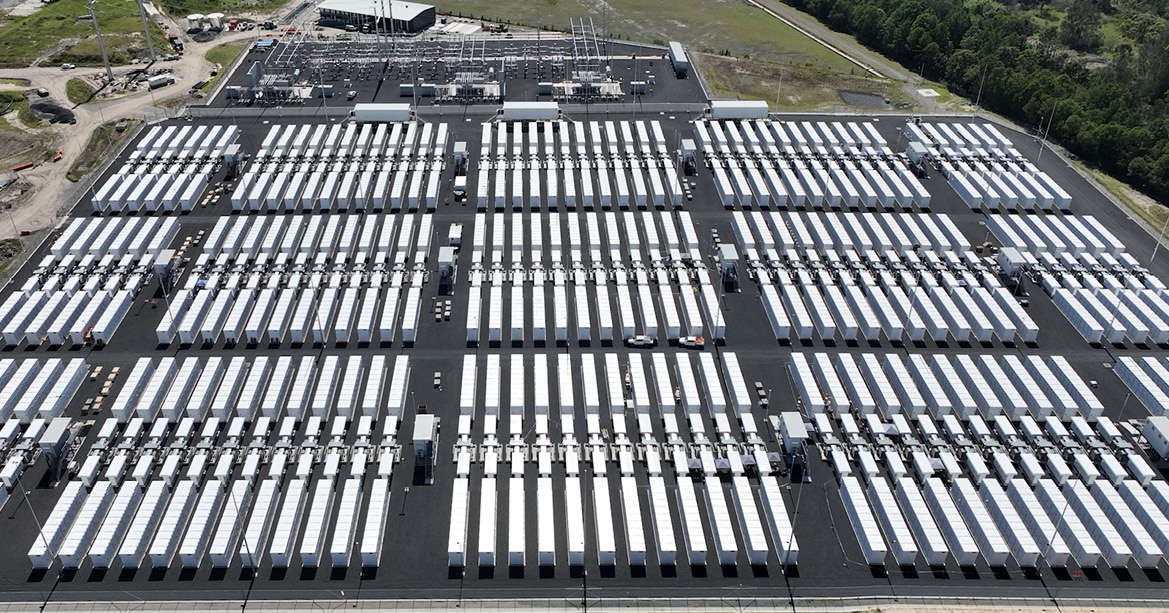
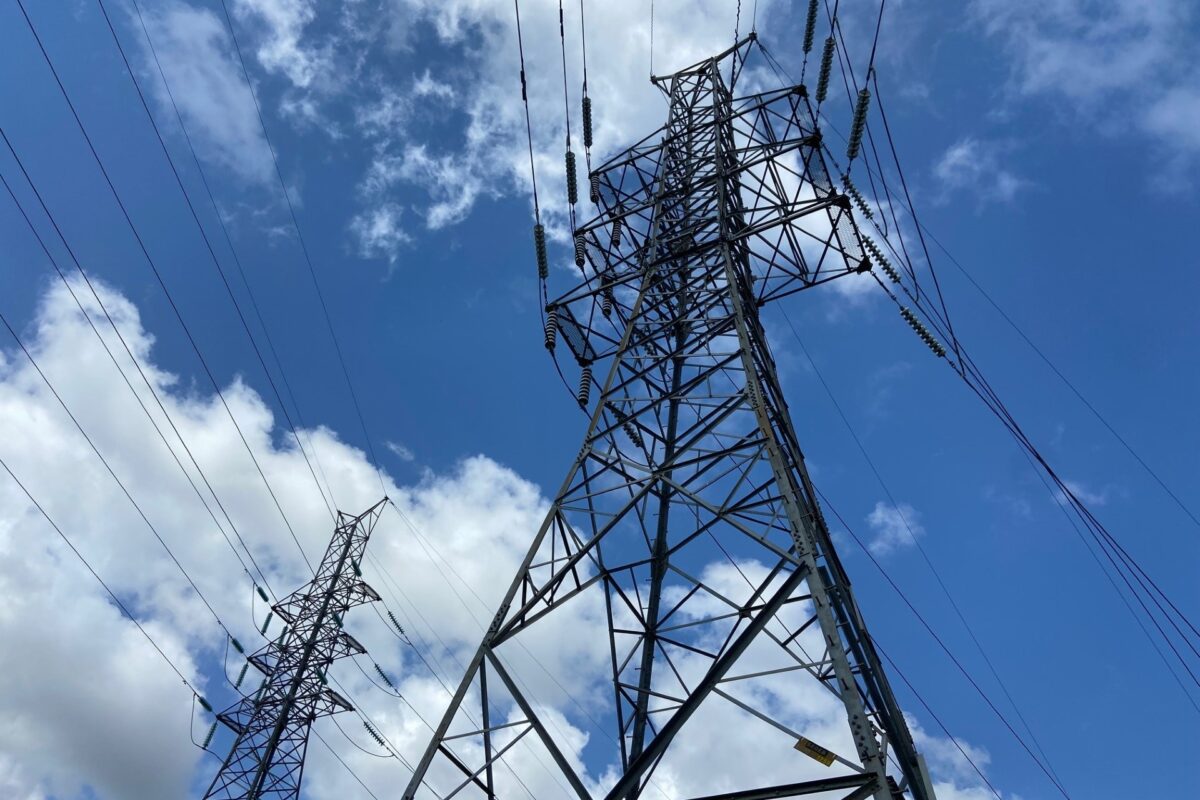


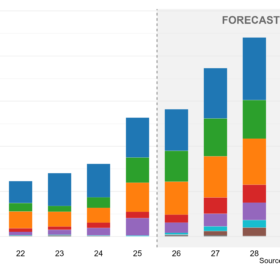
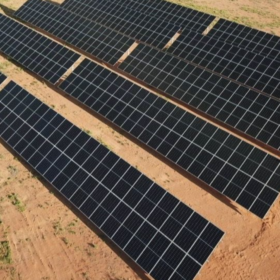
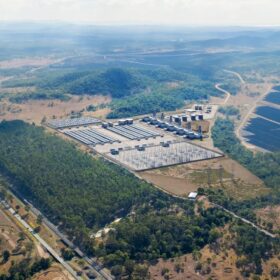
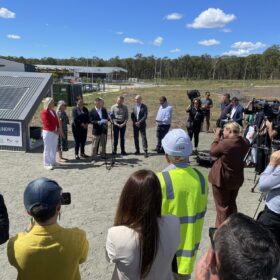
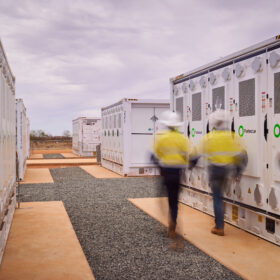
By submitting this form you agree to pv magazine using your data for the purposes of publishing your comment.
Your personal data will only be disclosed or otherwise transmitted to third parties for the purposes of spam filtering or if this is necessary for technical maintenance of the website. Any other transfer to third parties will not take place unless this is justified on the basis of applicable data protection regulations or if pv magazine is legally obliged to do so.
You may revoke this consent at any time with effect for the future, in which case your personal data will be deleted immediately. Otherwise, your data will be deleted if pv magazine has processed your request or the purpose of data storage is fulfilled.
Further information on data privacy can be found in our Data Protection Policy.